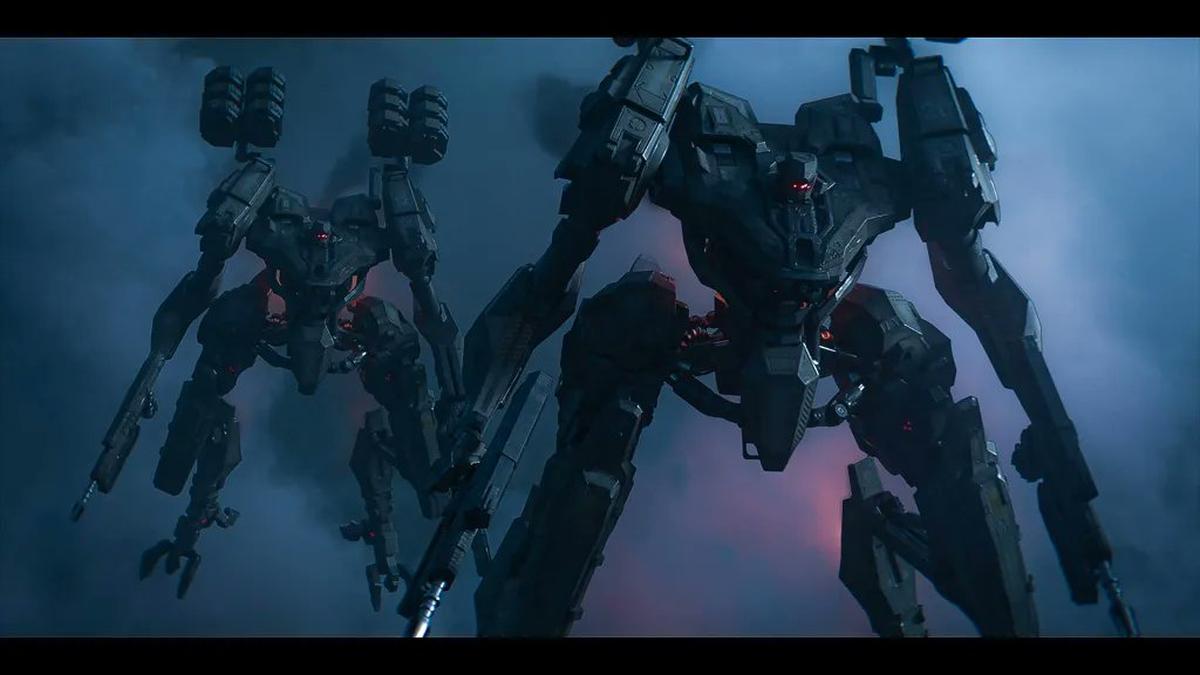
One of the standout features of Ajay Gnanamuthu’s debut film, Demonte Colony, was its commitment to being a genuine horror flick, as opposed to the typical Tamil “masala horror” genre. The latter, often represented by the Kanchana and Aranmanai franchises, mixes comedy, romance, heroic fight scenes, item numbers, and devotional songs with a sprinkling of horror—creating an eclectic mishmash akin to a 99-variety dosa place, where even the most absurd toppings coexist on a single dosa. While Demonte Colony did dabble briefly in humor and featured a bar song, it quickly established a sustained and consistent horror tone, escalating the narrative tension right from the outset.
In Demonte Colony 2, Ajay takes a definitive step forward, aspiring to offer an undiluted horror experience. The sequel commences by recapitulating the events of the first film before catapulting the audience into a terrifying world populated by supernatural occurrences. The opening sequence is particularly harrowing, featuring a recorded video of two individuals plummeting from a high-rise apartment, followed by another individual found hanging within the very same apartment.
At the core of this horror narrative is Debbie (Priya Bhavani Shankar), a woman engulfed by the sorrow of losing her spouse, Sam. Her home stands as a shrine to their lost love, adorned with numerous photographs of them together. In a desperate bid to maintain her bond with her departed husband, Debbie opts for artificial insemination using his preserved sperm, a choice that significantly influences the film’s eerie atmosphere. Her grief snowballs into obsession, setting a poignant and melancholic tone that primes the audience for the impending dread.
Like its predecessor, Demonte Colony 2 does feature a song in the first half, though it’s a stark contrast to the cheery kuthu number from the original. Instead, we’re given a somber Sam CS track that evokes the bleakness of an overcast English day.
Ajay amplifies the horror quotient through a series of escalating set pieces, including mirror-induced scares, bat-infested mayhem, and even ventures into a netherworld realm. His arsenal of horror icons is diverse, encompassing antichrist symbolism, pentagrams, the titular Demonte, and an even more sinister entity.
Despite this ambitious array of horror elements, the film faces an issue analogous to its predecessor: while its conceptual groundwork is fascinating, the actual execution falls short of invoking the palpable fear it strives for.
. Although both films offer intriguing premises, they fail to deliver the heart-pounding, edge-of-your-seat tension that their concepts promise.
A primary culprit behind this shortfall is the substandard visual effects, which hinder the film’s ability to create an authentically immersive horror experience. The lack of refinement in the effects results in a disjointed viewing experience, minimizing the intended chilling atmosphere. Additionally, the performances fail to capture the intensity necessary to genuinely reflect the characters’ terror and desperation, thereby leaving the audience emotionally detached from the storyline. Sam CS’s musical score, though effective at moments, often escalates into overpoweringly loud crescendos that disrupt the overall atmospheric tension.
That said, the screenplay is structurally robust, with characters whose motivations are clearly defined. Debbie’s susceptibility to the demonic deception masquerading as her deceased husband is intricately linked to her obsessive grief—an arc that is developed through flashbacks to her attempts to save him during his fight with cancer. Similarly, the altruistic act of a seemingly self-interested character finds its justification in the psychological impact of his motherless childhood.
The screenplay also adeptly ties certain plot points back to the original film, thereby creating a sense of continuity. Moreover, the introduction of new mysteries and unanswered questions towards the film’s conclusion suggests a potential franchise, leaving audiences eager for the next installment.
However, in his pursuit of a pure horror film, even Ajay cannot resist the temptation of integrating humor. An odd comedic sequence involving Arulnithi and his half-sister over a property dispute abruptly punctures the meticulously built tension of the first half-hour.
Much like the cursed necklace that plagues the characters in the Demonte Colony franchise, Tamil horror seems permanently shackled by the ever-present chains of comedy.
Demonte Colony 2 is currently running in theaters, awaiting public verdict and potentially setting the stage for further expansions in what might become a substantial horror franchise.










